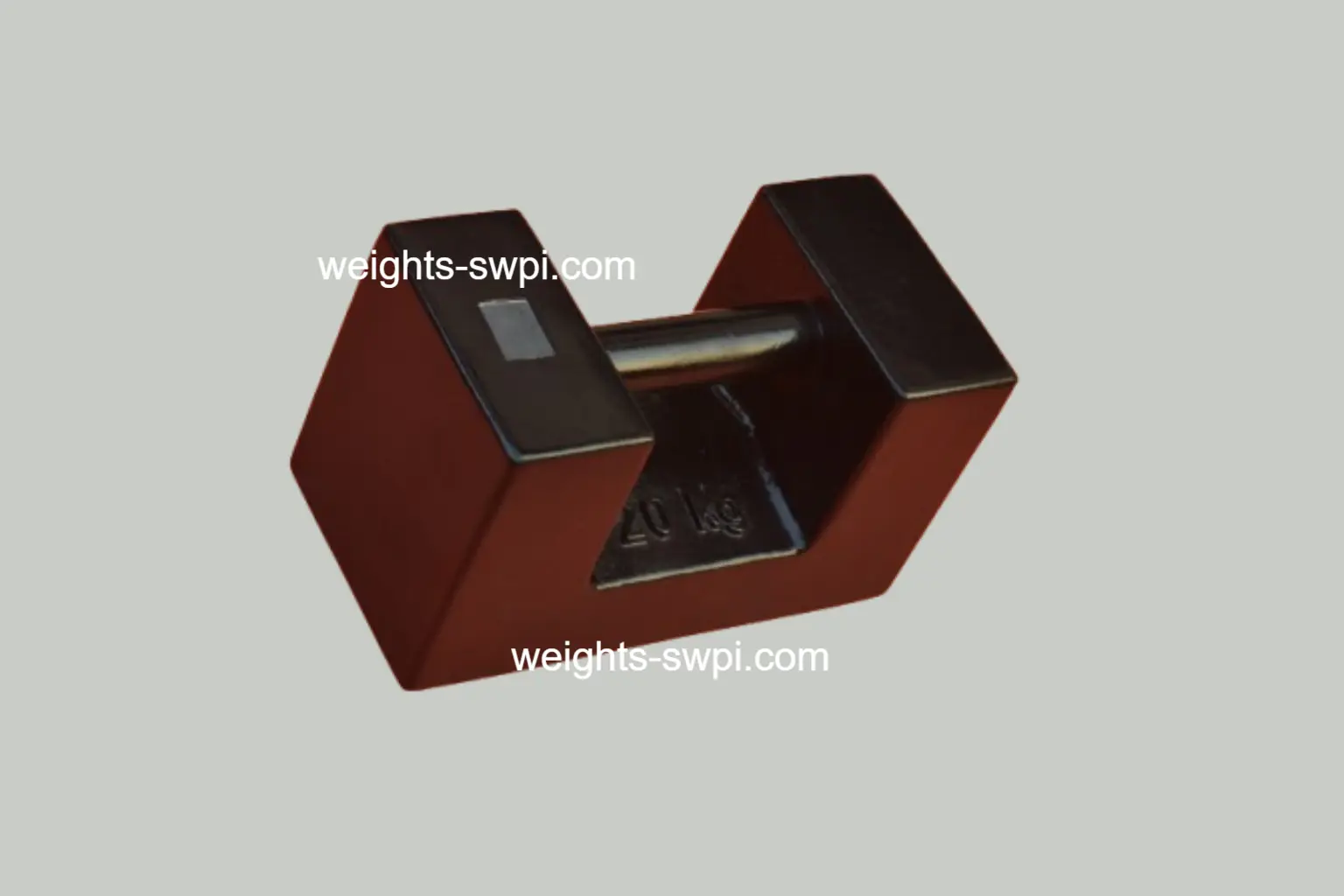
Evolution of the Weighing System: From Barter to Modern Metric Standards
In ancient era business was conducted by barter system. But gradually with the development of civilization Weighing and Measuring system was developed. Before 1875 there were so many units of Weights in practice. In various provinces many types of Maunds, Shers, Tolas were used. In that situation some businesses were conducted by Maunds of 40 Shers whereas in other province 67 Shers were in 1 Maunds and in some other province even 80 Shers made 1 Maunds. Some scrupulous were using 1 Shers of 82 Tolas at the time purchase but at the time of sell 1 Shers of 78 Tolas. In this way these anomalies were restricting the confidence between the buyers and sellers. This practice was prevalent by and large every where in the world. You will appreciate that business prosper only on the earth of confidence.
To overcome this world wide problem 18 nations agreed in 1875 to adopt universally accepted Metric System. OIML, France was constituted to main universal Standard of unit of WEIGHT.
In our country, India, Metric System was adopted in 1958. National Physical Laboratory was entrusted to maintain National Standard of WEIGHT and Weights and Measures Department (The Legal Metrology) to prepare and enforce Acts and Rules.
Now, in general consumer at large are aware of 3 types of Weights:
- Commercial Weights - 50 g to 50 kg –generally used in commerce and trade
- Bullion Weights - 1 mg to 10 kg –generally used in Bullion trade
- Working Standard - used by Weights and Measures Department.
Now with the development of Science and Technology in International Parlance the importance of accuracy of Weights have been necessitated. As such in view of accuracy class the Weights have been classified in 10 categories:
M3, M2-3, M2, M1-2, M1, F2, F1, E2, E1 and E0.
Due to wide use of electronic weighing balance, the use of Weights in general trade is decreasing very fast.
Whereas the use of Weights for calibration of electronic weighing balance is increasing.
The mass value as shown in the display panel of the electronic weighing balance may be affected or deviated or manipulated by so many factors. It may be marginal or also substantial.
It is highly recommended to calibrated each and every electronic weighing balance every day with calibrated Weights.
Calibration Laboratories (NABL Accrediated) are proving calibrated Weights for the needful.
Surendra Singhania